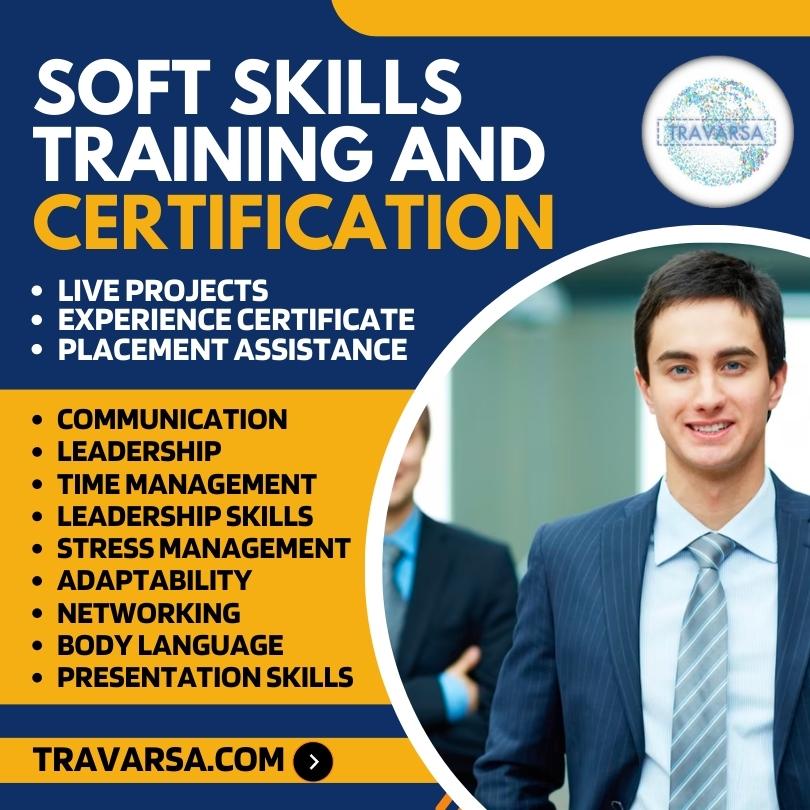Have you ever been asked to teach something you know inside out, only to feel a knot of panic form in your stomach? You’ve got all the information, the facts, the figures – but when it comes to standing in front of people and making them understand it, let alone care about it, it feels like trying to herd cats while juggling.
That’s exactly where I found myself a few years ago. I was good at my job, and often, that meant sharing my knowledge with new team members or colleagues who needed a refresher. But my "training sessions" usually consisted of me talking at people, reading slides, and watching eyes slowly glaze over. I knew I wasn’t getting through. My energy would dip, their engagement would plummet, and by the end, everyone felt drained. I dreaded those moments.
Then, a colleague mentioned a Training Skills Course. My first thought was, "Do I really need a course to teach? Isn’t it just… talking?" Oh, how wrong I was. What I discovered was a complete transformation of how I approached sharing knowledge, and honestly, a massive boost to my overall confidence.
Why My Old Way of "Training" Just Wasn’t Working
Before I stepped into that course, my approach was pretty simple, and terribly ineffective:
- Information Overload: I’d dump every single piece of information I knew onto slides, then try to explain each one. It was like drinking from a firehose.
- No Interaction: I’d ask, "Any questions?" usually to a room full of silence. I mistook silence for understanding. It was actually confusion or polite boredom.
- Lack of Structure: My sessions felt like a rambling journey with no clear destination. We’d start somewhere, wander off, and eventually end up… somewhere else.
- My Own Nerves: I was so focused on not messing up, I couldn’t connect with the people in front of me. My voice would get shaky, and I’d rush through things.
I knew I wanted to be helpful, to genuinely pass on what I’d learned, but my current methods were a barrier, not a bridge.
Stepping Into the Classroom: What a Training Skills Course Felt Like
Walking into the Training Skills Course was a mix of nerves and excitement. There were about ten of us, from different companies and backgrounds – IT professionals, HR managers, sales leads. Everyone seemed to share that same quiet desperation to improve their teaching chops.
Our facilitator, Sarah, had this incredible energy. She didn’t just tell us how to train; she showed us. Her own sessions were engaging, interactive, and surprisingly fun. It was a masterclass in effective training, even before we started learning the specific techniques.
Here’s a glimpse into the key areas that really clicked for me:
1. Understanding How Adults Actually Learn (It’s Different!)
This was a huge eye-opener. As adults, we’re not empty vessels waiting to be filled. We come with experiences, opinions, and a need to know why something is important. Sarah taught us about adult learning principles:
- Relevance: Adults need to see how the information directly applies to their work or life. No more abstract theories without a real-world link!
- Experience-Based: We learn best by doing, by discussing, and by relating new information to what we already know.
- Problem-Solving: Adults are motivated when they’re learning to solve a problem they’re facing.
- Respect: Treat learners as equals, valuing their contributions and insights.
This single lesson changed everything. My training sessions stopped being about me delivering information and started being about them discovering it.
2. Crafting a Session: More Than Just Slides
Before the course, my "preparation" was throwing together some bullet points. The course introduced me to the art and science of course design and lesson planning.
We learned about the importance of:
- Clear Objectives: What exactly should learners be able to do after this session? Not just "understand," but "be able to identify," "be able to perform," "be able to explain." This gave my sessions a clear target.
- The "ARC" Model (or similar): A simple structure – Activity (hook them in), Related Content (the main learning), Check for Understanding (ensure it landed). This simple framework transformed my chaotic sessions into structured, purposeful learning experiences.
- Opening Strong and Closing Well: How to grab attention at the beginning and how to effectively summarize and ensure retention at the end. I learned techniques to start with a question, a mini-challenge, or a story, rather than just "Okay, so today we’re talking about…"
3. Engaging Your Audience: No More Monologues!
This was my biggest challenge, and where the most practical skills came in. We practiced different facilitation techniques that made learners active participants, not just passive listeners.
- Asking Better Questions: Not just "Any questions?" but open-ended questions that spark discussion. "What challenges have you faced with X?" or "How might this new process impact your daily work?"
- Interactive Activities: Simple things like pair-and-share, small group discussions, quick polls, or even short practical exercises completely changed the energy of the room. I remember one exercise where we had to teach a simple task (like making a paper airplane) to a partner, and then give feedback. It showed us firsthand the power of clear instructions and active learning.
- Using Visuals Effectively: It wasn’t just about pretty pictures. It was about using slides to support your message, not be your message. Less text, more relevant images, and simple diagrams that clarify complex ideas.
4. Handling the Unexpected: Q&A and Difficult Situations
Every trainer faces unexpected questions or, occasionally, a challenging participant. The course taught us strategies for:
- Managing Questions: How to encourage them, how to rephrase confusing questions, and how to gracefully say, "That’s a great point, let’s explore that offline" when something is outside the scope of the session.
- Dealing with Disruptions: Gentle ways to bring the focus back from someone who’s dominating or redirecting side conversations without being confrontational. It was about maintaining a positive learning environment for everyone.
5. The Power of Feedback: Giving and Receiving
We spent time practicing giving constructive feedback – focusing on behavior, not personality, and making it specific and actionable. This wasn’t just useful for training; it improved how I communicated in all areas of my work. We also received a lot of feedback on our own short practice sessions, which, though sometimes a little uncomfortable, was invaluable for growth.
6. My Own Confidence Soared
Perhaps the most surprising benefit wasn’t just the techniques I learned, but the profound change in my own confidence. By understanding the why and how of effective training, my fear of public speaking diminished significantly. I stopped worrying about forgetting lines and started focusing on connecting with my audience. The course essentially gave me a roadmap, and knowing I had a plan made all the difference.
Life After the Training Skills Course: A Real Transformation
The next time I stood in front of a group to deliver a training session, it felt completely different. I started with an engaging question that got everyone thinking. I broke down complex topics into smaller, manageable chunks. I incorporated short activities and asked open-ended questions throughout.
I saw heads nodding in understanding, not just politely. Questions flowed more naturally from the group, showing genuine engagement. The energy in the room was palpable. People weren’t just sitting there; they were learning.
Since then, my training sessions have become a part of my job I actually look forward to. Colleagues have commented on how much more engaging and clear my presentations are. New team members grasp concepts faster, and retention of information is visibly better. I’ve even been asked to help design training for other departments, something I would have run from before.
Is a Training Skills Course For You?
If you ever find yourself needing to share knowledge, explain a new process, onboard new hires, or simply give a presentation that truly resonates, then yes, absolutely. A Training Skills Course isn’t just for professional trainers. It’s for anyone who wants to communicate more effectively, inspire understanding, and make a real impact when they speak.
It’s an investment in yourself and in the people you interact with. It moves you from simply knowing information to confidently sharing it in a way that truly sticks. For me, it was the turning point from an awkward information-deliverer to a confident, effective guide. And that, I believe, is a skill worth learning.



